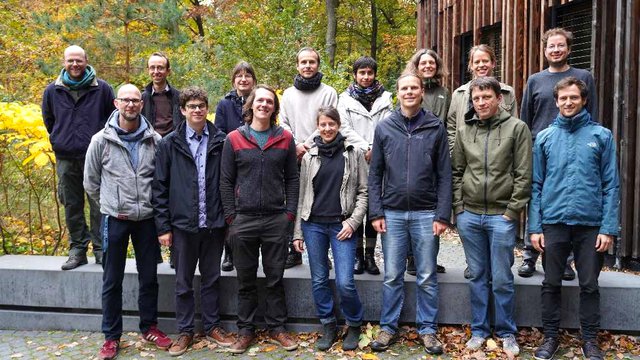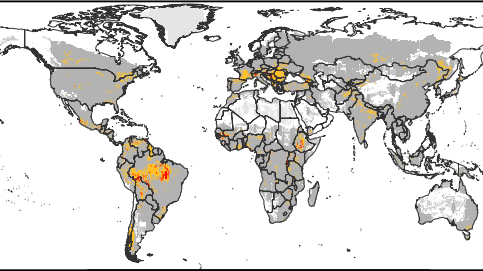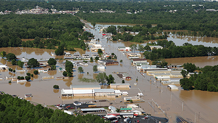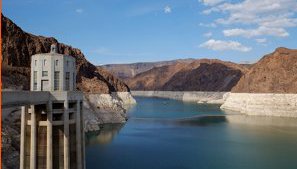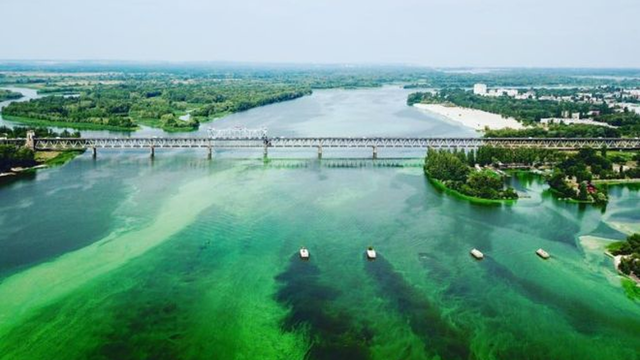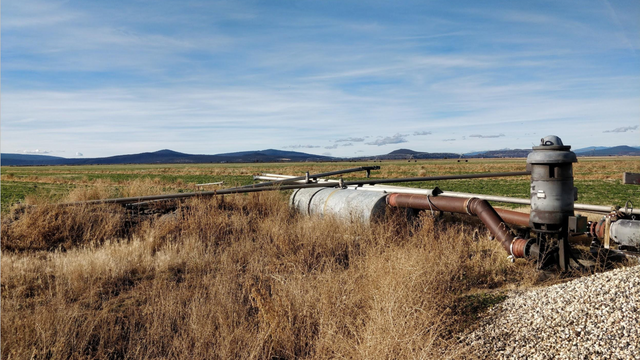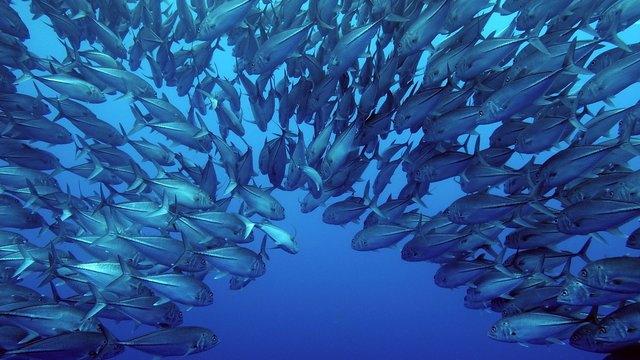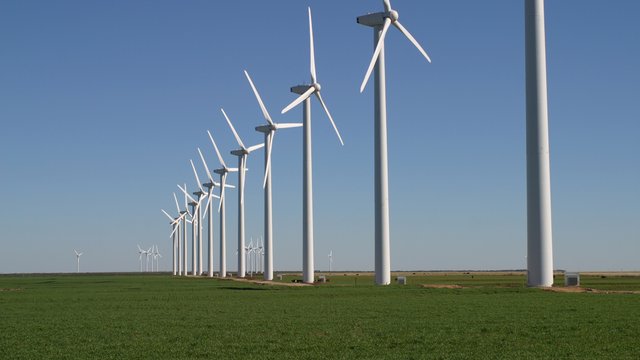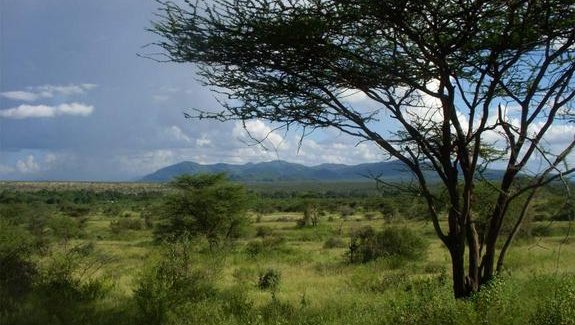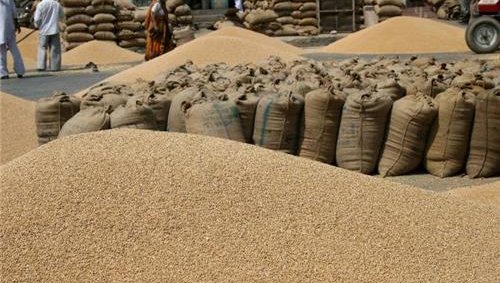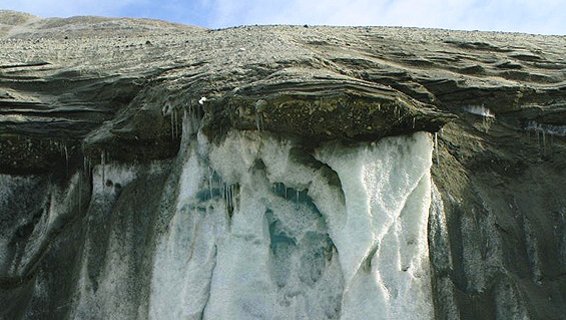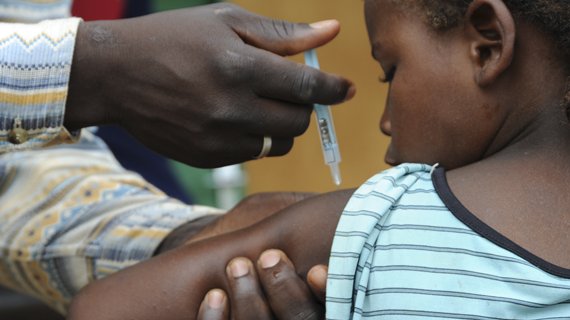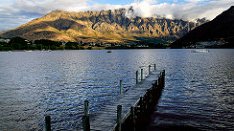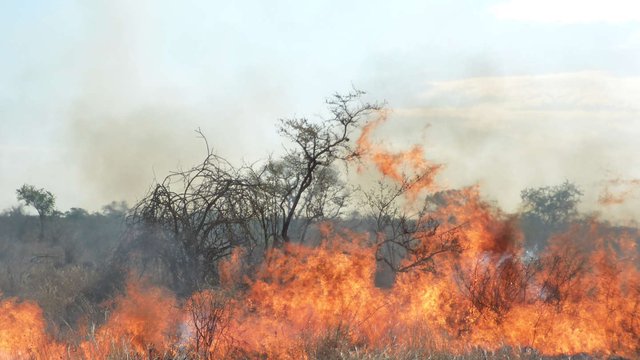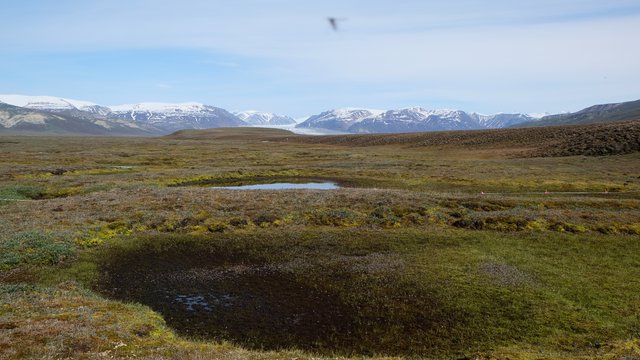How does climate change affect natural and human systems already today, and how will it do so in the future?
- Homepage
- About ISIMIP
About ISIMIP
- At a glance
- Mission
- Simulation rounds
- Sectors and Contacts
- Organisational structure
- Scientific Advisory Board
- Related projects
These are the central questions to ISIMIP, an international network of climate-impact modellers who contribute to a comprehensive and consistent picture of the world under different climate-change scenarios.
ISIMIP develops and provides climate and socioeconomic forcing datasets for cross-sectorally consistent climate impact modeling and curates related model output data. Along with the input data, ISIMIP provides cross-sectorally consistent modeling protocols integrating climate impacts across sectors and scales in a multi-impact model framework.
Based on this, ISIMIP advances knowledge of the risks of climate change facilitating improved global and regional risk management.
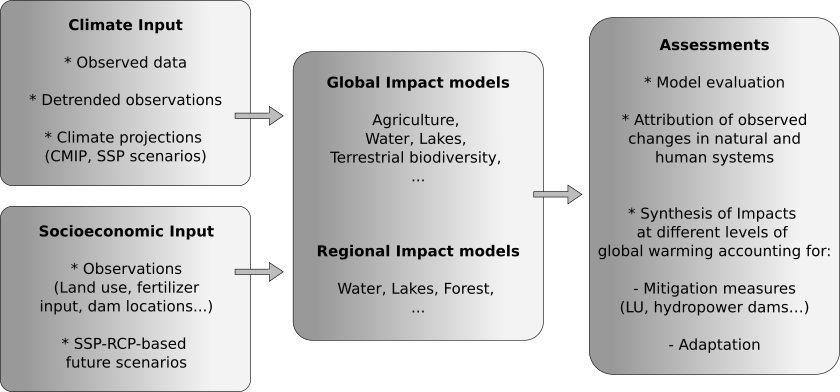
ISIMIP was initiated by the Potsdam Institute for Climate Impact Research (PIK) and the International Institute for Applied Systems Analysis (IIASA) and has since grown to involve over 100 modelling groups from around the world.
Please see the ISIMIP History to read about how the initiative has evolved along the different simulation rounds.
ISIMIP3
The ISIMIP3 simulation round has started with the release of the ISIMIP3a and 3b protocols on 21 February 2020. It follows the long-term goal of harmonizing input data for a growing number of sectors.
The ISIMIP3a protocol focuses on i) impact model evaluation and improvement and ii) detection and attribution of observed impacts according to the framework of the IPCC WGII-AR5 Chapter 18 definition. As a major update, it thus includes a counterfactual “no-climate change baseline” (detrended climate + observed socioeconomic forcing).
The ISIMIP3b protocol is dedicated to a quantification of climate-related risks at different levels of climate change and socioeconomic conditions. A particular focus is put on providing socioeconomic forcing data that account for different adaptation scenarios (group III simulations). Simulations that include future changes of socioeconomic drivers are intended to start in winter 2023/2024.
ISIMIP2b
ISIMIP2b aimed at projecting climate impacts on different sectors at the global and regional scales. The focus topic for ISIMIP2b was to provide robust information about the impacts of 1.5°C global warming and related low-emission pathways, as required for the IPCC Special Report on this topic.
ISIMIP2a
ISIMIP2a targeted the focus topic to evaluate and improve climate impact simulations as a basis for cross-sectorally consistent model intercomparison. A particular emphasis was put on the representation of impacts of extreme weather events and climate variability. This was to allow for improved estimates of the biophysical and socioeconomic impacts of climate change at different levels of global warming.
ISIMIP Fast Track
was the first ISIMIP simulation round and ran from early 2012 until mid 2013. The focus was put on on providing cross-sectorally consistent projections of the impacts of different levels of global warming in the 21st century to inform the IPCC 5th Asessment Report.
Contact addresses for the ISIMIP management group and the ISIMIP sector coordinators are listed below.
ISIMIP is organized in five groups, representatives of which form the steering committee which is the main decision-making body within ISIMIP. The functions of these groups, and the associated workflow, are explained in detail in the ISIMIP Mission & Implementation Document.
The day-to-day coordination of ISIMIP is the task of the management group, comprising the project leader, Prof. Dr. Katja Frieler, the project manager, and the data manager.
The cross-sectoral science team performs analysis of the ISIMIP simulation data with a clear focus on cross-sectoral issues. This team is also responsible for input-data preparation, and the members act as sector-specific contact points.
Each sector has one or more sector coordinators responsible for overseeing simulations in their sector and working closely with the participating modeling teams. The sector coordinators play a key role in liaising with other sector-specific initiatives in order to minimize the overall burden on participating modelling groups.
The Scientific Advisory Board (SAB) is a voluntary group of 5-10 internationally renowned scientists offering oversight and strategic advice to ISIMIP.
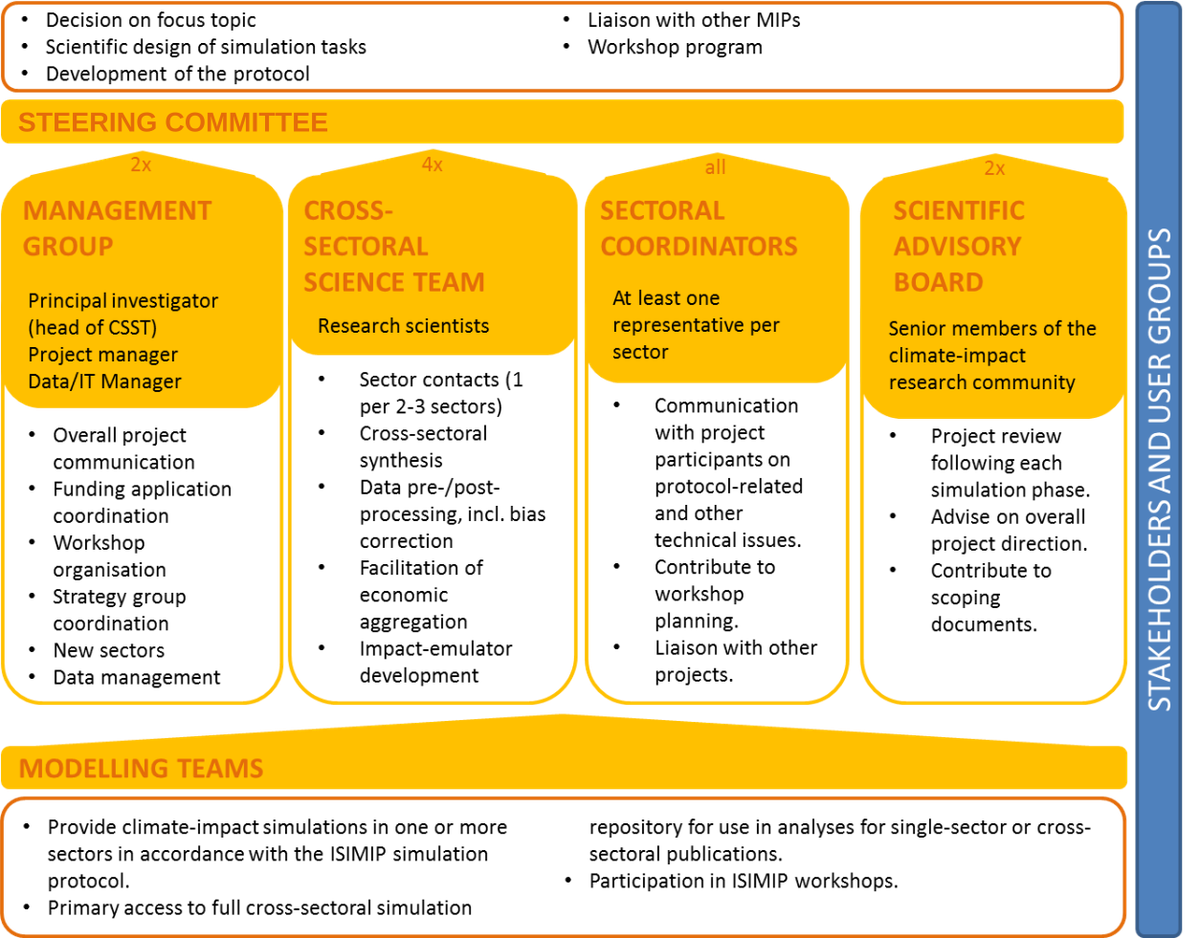
The ISIMIP Scientific Advisory Board consists of renowned scientific experts in the field of climate impact modeling and is appointed per simulation round. Find out more about the current ISIMIP SAB.
